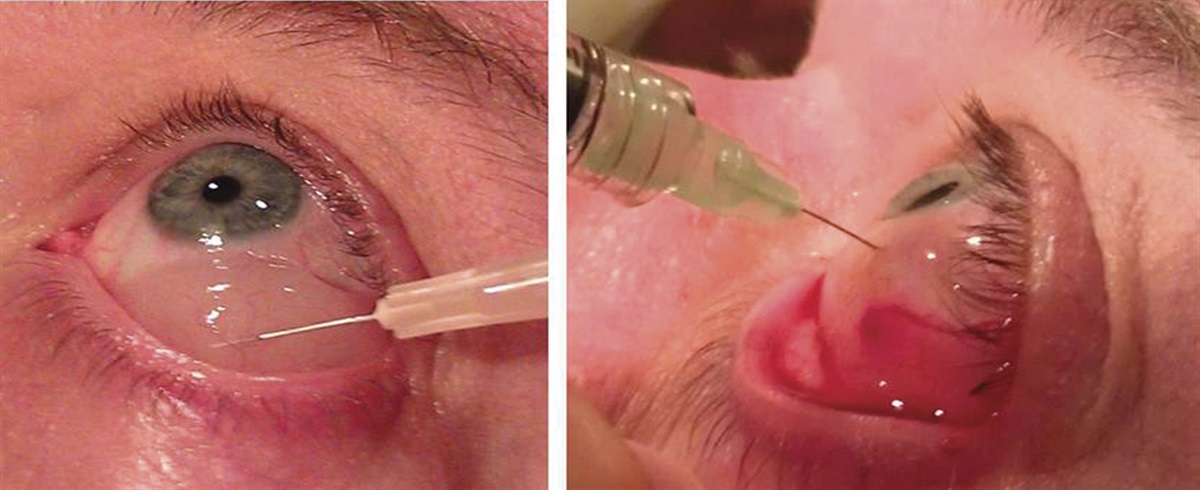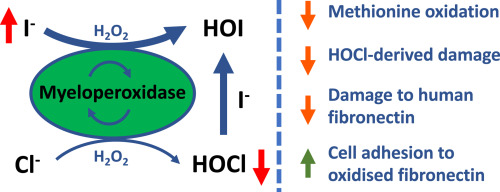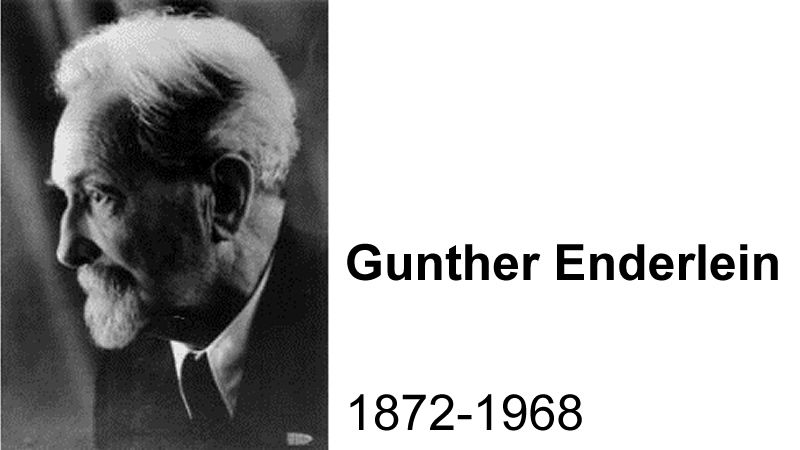You're welcome.Very interesting...
To be completely honest my thoughts go into the direction of VIT K2... I think it created a lot of thick blood as well as increased clotting time.
I've developed a lot of superficial thrombophlebitis as well. When I drop VIT E and left with K2 only for the next 10 days my symptoms got even worse.
Ray to all of this has said:
" Cooked greens, milk, cheese, and eggs are very good sources of K. The solvents used to extract vitamin K, for example from natto, often cause problems. The present vitamin K culture is the creation of marketing campaigns, and is causing a lot of harm. "
And he shared different studies in which I think he encourages the usage of K1 specifically.
Int J Vitam Nutr Res. 1971;41(2):180-8.
The relationship between the storage forms of vitamin K and dietary phylloquinone
in the dog.
Duello TJ, Matschiner JT.
J Nutr. 1998 Feb;128(2):220-3.
Conversion of dietary phylloquinone to tissue menaquinone-4 in rats is not
dependent on gut bacteria.
Davidson RT, Foley AL, Engelke JA, Suttie JW.
Department of Nutritional Sciences, College of Agricultural and Life Sciences,
University of Wisconsin-Madison, Madison, WI 53706, USA.
The ability of male rats to accumulate menaquinone-4 (MK-4) in tissues when fed a
vitamin K-deficient diet supplemented with intraperitoneal phylloquinone (K) as
the sole source of vitamin K for 14 d was assessed. In both conventionally housed
controls and gnotobiotic rats, supplementation with the equivalent of 1500 microg
vitamin K/kg diet increased (P < 0.001) tissue MK-4 concentrations above those of
controls fed a vitamin K-deficient diet. MK-4 concentrations were approximately 5
ng/g (11 pmol/g) in liver, 14 ng/g in heart, 17 ng/g in kidney, 50 ng/g in brain
and 250 ng/g in mandibular salivary glands of gnotobiotic rats. MK-4
concentrations in conventionally housed rats were higher than in gnotobiotic rats
in heart (P < 0.01), brain (P < 0.01) and kidney (P < 0.05) but lower in salivary
gland (P < 0.05). Cultures of a kidney-derived cell line (293) converted K to the
expoxide of MK-4 in a manner that was dependent on both time of incubation and
concentration of vitamin K in the media. A liver-derived cell line (H-35) was
less active in carrying out this conversion. These data offer conclusive proof
that the tissue-specific formation of MK-4 from K is a metabolic transformation
that does not require bacterial transformation to menadione as an intermediate in
the process.
Calif Med. 1970 Apr;112(4):65-7.
Don't use the wrong vitamin K.
Udall JA.
The emergency use of vitamin K is essentially limited to the reversal of
drug-induced hypoprothrombinemia. In patients with adequate liver function,
phytonadione acts promptly and predictably in this capacity whereas the
derivatives of menadione counteract coumarin drugs only slightly or not at all.
It is dangerous to rely on menadione analogues, and these drugs should be removed
from emergency room drug stores.
Biomed Res Int. 2015;2015:296721.
Vitamin K1 exerts antiproliferative effects and induces apoptosis in three
differently graded human colon cancer cell lines.
Orlando A(1), Linsalata M(1), Tutino V(2), D'Attoma B(1), Notarnicola M(2), Russo
F(1).
(1)Laboratory of Nutritional Pathophysiology, National Institute for Digestive
Diseases IRCCS "Saverio de Bellis", Castellana Grotte, 70013 Bari, Italy.
(2)Laboratory of Nutritional Biochemistry, National Institute for Digestive
Diseases IRCCS "Saverio de Bellis", Castellana Grotte, 70013 Bari, Italy.
Vitamin K1 has been demonstrated as having anticancer potentiality mainly in
liver cancer cells. Beyond the reported mechanisms of cancer inhibition (cell
cycle arrest and induction of apoptosis), a possible control by vitamin K1 on
molecules affecting cell growth could be hypothesized. In the literature, few (if
any) data are available on its antitumor effects on colon cancer cells.
Therefore, the aims of the study were to investigate in three differently graded
human colon cancer cell lines (Caco-2, HT-29, and SW480) the effects of
increasing concentrations of vitamin K1 (from 10 μM to 200 μM) administered up to
72 h on (1) cell proliferation, (2) apoptosis with the possible involvement of
the MAPK pathway, and (3) polyamine biosynthesis. Vitamin K1 treatment caused a
significant antiproliferative effect and induced apoptosis in all the cell lines,
with the involvement of the MAPK pathway. A concomitant and significant decrease
in the polyamine biosynthesis occurred. This is the first study demonstrating a
significant polyamine decrease in addition to the antiproliferative and
proapoptotic effects following vitamin K1 administration to colon cancer cell
lines. Therapeutically, combinations of vitamin K1 with polyamine inhibitors
and/or analogues may represent a suitable option for chemoprevention and/or
treatment in future strategies for colorectal cancer management.
Scand J Gastroenterol. 2014 Jun;49(6):715-21.
Vitamin K1 attenuates bile duct ligation-induced liver fibrosis in rats.
Jiao K(1), Sun Q, Chen B, Li S, Lu J.
(1)Department of Laboratory Animal Science, School of Basic Medical Science,
Capital Medical University , Beijing, 100069 , China.
Vitamin K1 is used as a liver protection drug for cholestasis-induced liver
fibrosis in China, but the mechanism of vitamin K1's action in liver fibrosis is
unclear. In this study, a model of liver fibrosis was achieved via bile duct
ligation in rats. The rats were then injected with vitamin K1, and the levels of
serum aspartate aminotransferase, alanine transaminase, total bilirubin and the
fibrotic grade score, collagen content, the expressions of α-smooth muscle actin
(SMA) and cytokeratin 19 (CK19) were measured on day 28 after ligation. The
levels of the biochemical parameters, fibrotic score and collagen content were
significantly reduced by treatment with vitamin K1 in bile duct-ligated rats. In
addition, α-SMA and CK19 expression was significantly reduced by vitamin K1
treatment in bile duct-ligated rats. These results suggested that vitamin K1 may
attenuate liver fibrosis by inhibiting hepatic stellate cell activation in bile
duct-ligated rats.
I have a higher levels of inflammation all round. Skin issues [eczema, rosacea, psoriasis, white peeling of skin, balanitis ], as well as kidney inflammation and blood vessel, aortic inflammation [feeling of pulsation], had some intestinal bleeding too. Similar to when I was using high IU of D3.
Methylene blue [400mcg] also gives me some nerve pains -maybe some herx reaction.
Is there anything I could do in such situation? I feel like when I eat fats things get more clogged and pressurized so I avoid it for now as much as I can focusing on fruits, honey, some eggs and bread. Also calcium [milk] tends to get things a bit worse for now so I avoid that too.
Well... Nothing.
I should get some ultrasound and get some CBC in a next few days since I'm still inflamed so it may still hold some relevance.
Anyway @yerrag thank you so much for responding. You gave me some ideas to explore and some things which I never considered before like the phages and gamma being known to remove and prevent plaques. I will try to get as much information on that in the near future <3
I wish I could give you more information but I'm limited to the uniqueness of my own context and can't offer you a better understanding of your situation.
You suffer the consequences of disturbing the equilibrium established by your body and the plaque in your blood vessels, and that is what we share in common. And both of failed to appreciate enough that the substances, no matter how promising and helpful, can be a double-edged sword.
Today, I got the results of my CBC and ESR. Both look very terrible. My ESR is 26, way above standard of care upper limit of 15. And to think that before I began to mess with blood vessel plaque 3 years ago, it was an immaculate "0."
My RDW jumped to 14.9 which indicates even more clogging of my capillaries. It was at 13.5, which was already above the upper limit of 13.
My eosinophils IA at 15%, which is way above the upper limit of 3%. Never has it been this high. I certainly released a lot of parasites hiding dormant within the plaque.This explains why my body wasn't able to restore its acid base balance. The eosinophils was spewing a lot of acids and ROS at the parasites to kill it, leaving a lot of acid for the body to try to mop up. And a lot of internal antioxidants are being used up to counter the oxidative stress of the ROS. Perhaps a lot of tissue damage is occurring, which would cause my ESR to be very high.
This is why I had to have my CBC. It's only today that I could take this blood test, as in this COVID environment we're in, I would be refused entry into the diagnostics lab if I measure with a fever.
My CBC would have been worse off at the height of my but with fever from my self-induced bacterial infection from messing with plaque.
I hope the ultrasound does not detect anything with you, because if it does you are in a more advanced stage of disease. Your CBC would be very helpful to have.
As long as we know what happened, by having relevant and useful data, we can deduce where we erred, and where we did good. We can take remedial steps to deal with the fallout from mistakes made, and go back to what we originally set out to do. We should survive and become stronger for it.





